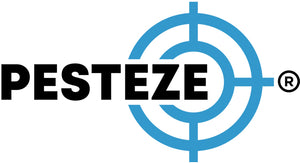COMMUNITY GUIDE TO SAFE AND ETHICAL ANIMAL CONTROL

COMMUNITY GUIDE TO SAFE AND ETHICAL ANIMAL CONTROL
SUMMARY
A safe and ethical approach to animal control protects both residents and local wildlife. This guide helps communities balance safety, legality, and compassion.
FEATURES
-
Principles of humane animal control
-
Community involvement in wildlife safety
-
Ethical practices for handling nuisance animals
-
Local resources and support systems
DESCRIPTION
Ethical animal control starts with awareness and responsibility. By using humane methods and working together, communities can manage animal encounters without harm.
HUMANE APPROACHES TO ANIMAL CONTROL
Use Non-Lethal Deterrents: Motion lights, repellents, and sound devices.
Avoid Harmful Traps: Opt for live-capture or exclusion devices.
Prevent Access: Seal entry points and manage outdoor waste.
Respect Wildlife Laws: Know which species are protected.
COMMUNITY ACTION FOR SAFE PRACTICES
Educate Residents: Share info on humane control methods.
Promote Responsible Pet Ownership: Leash laws and spay/neuter programs.
Coordinate with Authorities: Involve animal control for larger issues.
Support Local Wildlife Services: Fund or volunteer with conservation efforts.
- Medha samanu


Comments 0